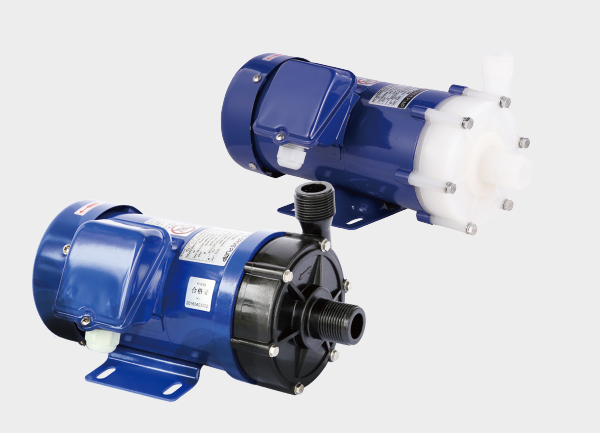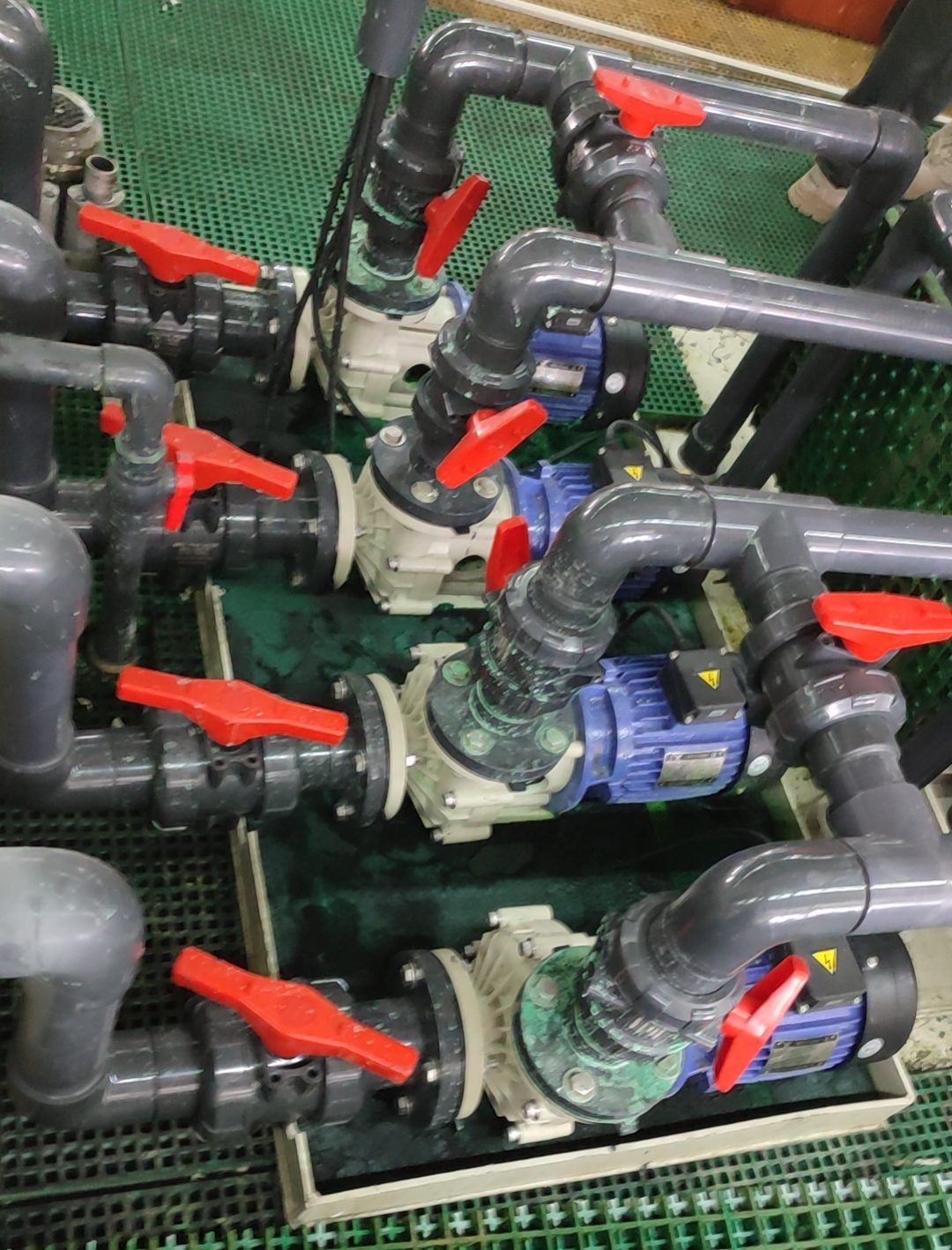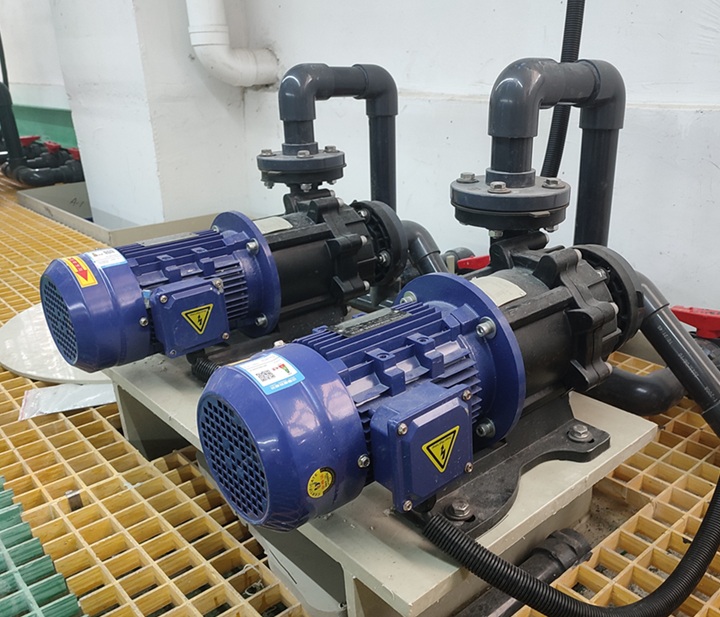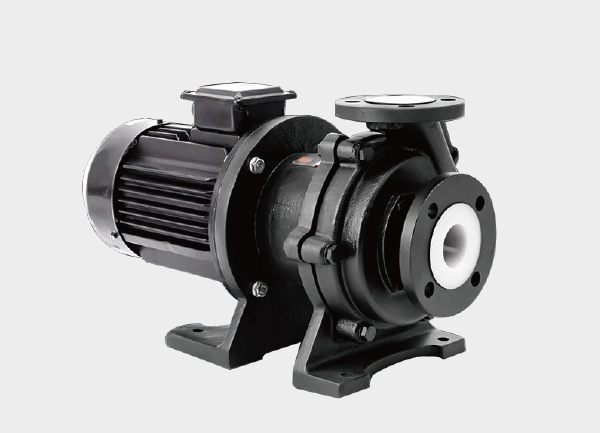Magnetic drive pumps (also known as magnetic coupling pumps) are seal-less chemical pumps widely used in industries such as chemical processing, pharmaceuticals, electronics, electroplating, and environmental protection. Due to their unique non-leakage structure, it is essential to understand the suitable fluids and temperature limits to ensure reliable operation and extend the service life of the equipment.
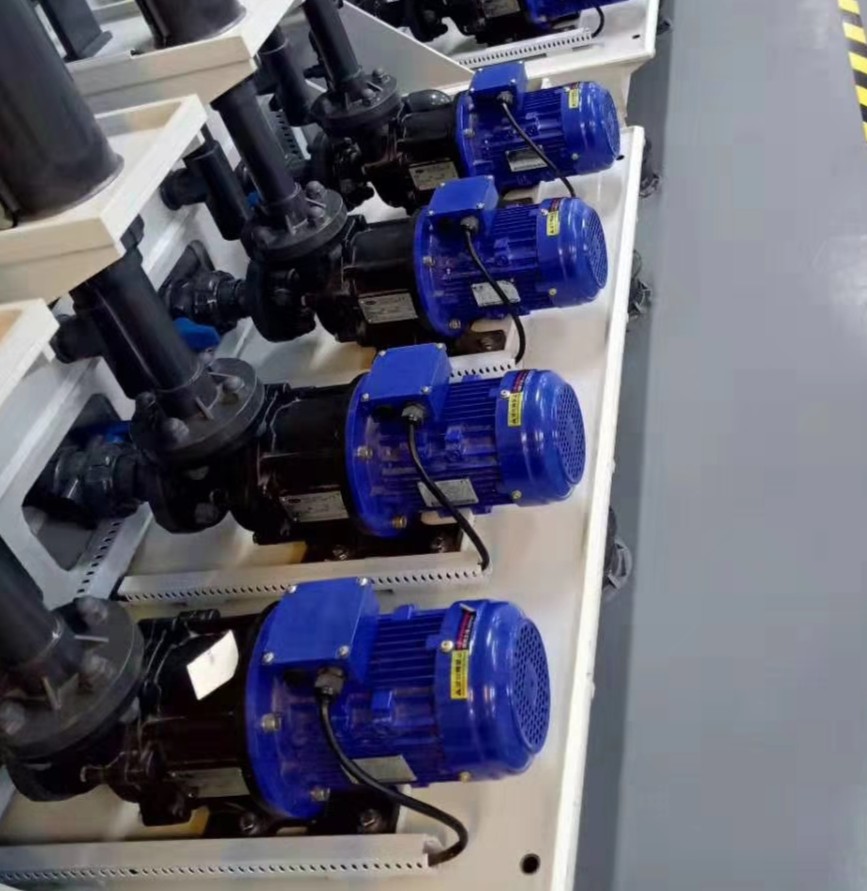
1. Suitable Fluids for Magnetic Drive Pumps
Magnetic drive pumps are primarily designed for clean, non-volatile liquids without solid particles, which have some degree of lubricity and no strong oxidation properties. The applicable fluids depend on the pump’s material construction.
(1) Stainless Steel Magnetic Drive Pumps
Suitable Fluids: Various acids, alkalis, salt solutions, petrochemical products, and organic solvents such as methanol, ethanol, acetone, benzene, and toluene.
Typical Applications: Chemical processing, petrochemical transfer, pharmaceutical manufacturing, food and beverage, and cooling systems.
Features: High mechanical strength and pressure resistance, ideal for neutral or mildly corrosive liquids.
(2) Fluoroplastic Magnetic Drive Pumps (PTFE / FEP)
Suitable Fluids: Strong acids (sulfuric acid, hydrochloric acid, nitric acid, hydrofluoric acid), strong alkalis (sodium hydroxide, ammonia water), and aggressive organic solvents.
Typical Applications: Chemical pickling, electroplating, acid-base transfer, semiconductor etching, and wastewater treatment.
Features: Outstanding corrosion resistance — compatible with nearly all chemicals except molten alkali metals and elemental fluorine at high temperatures.
(3) Engineering Plastic Magnetic Drive Pumps (PP / PVDF)
Suitable Fluids: Mild acids and alkalis, saline water, rinse solutions, and low-corrosive liquids.
Typical Applications: Water treatment, electroplating baths, cooling systems, and circulation of industrial wastewater.
Features: Lightweight, cost-effective, suitable for general chemical use.
2. Temperature Range of Magnetic Drive Pumps
The temperature limit depends mainly on the pump’s housing, isolation sleeve, and magnet material. Below is a general guide for various materials:
| Pump Material | Temperature Range | Description |
|---|---|---|
| PP (Polypropylene) | 0 – 80 °C | For general liquids, cooling and cleaning fluids |
| PVDF | –20 – 100 °C | Suitable for medium-corrosive chemicals |
| FEP / PTFE (Fluoroplastics) | –20 – 150 °C | Excellent for strong acids and alkalis |
| Stainless Steel (304 / 316L) | –30 – 350 °C (with cooling jacket) | For high-temperature organic solvents and heat-transfer oils |
| Ceramic / SiC Bearings | ≤180 °C (depending on grade) | High wear resistance but sensitive to dry-run conditions |
⚠️ Important Notes:
Exceeding the temperature limit may cause magnet demagnetization, deformation of the isolation sleeve, or bearing failure.
For high-temperature applications (above 150 °C), select stainless steel magnetic drive pumps with cooling jackets.
For cryogenic fluids (e.g., liquid ammonia, liquid oxygen), choose special low-temperature models.
3. Fluid Limitations and Operation Precautions
Avoid pumping liquids containing solid particles or crystallized substances.
Particles may damage the bearings or block the impeller.Do not use with high-viscosity fluids (typically >30 cP).
Excessive viscosity can cause motor overload and reduced flow.Ensure the liquid has lubricity.
Dry-running or low-lubrication conditions can severely damage bearings.Avoid strongly magnetic or conductive fluids.
These can cause eddy current losses and heat buildup.Never run the pump dry.
Dry running can lead to magnet demagnetization or isolation sleeve burnout.
4. Summary Table
| Pump Type | Typical Fluids | Temperature Range | Key Features |
|---|---|---|---|
| Stainless Steel Magnetic Pump | Organic solvents, petrochemicals | –30 °C to 350 °C | High strength, suitable for high temperature and pressure |
| Fluoroplastic Magnetic Pump | Strong acids and alkalis | –20 °C to 150 °C | Excellent chemical resistance |
| Engineering Plastic Magnetic Pump | Mild acids, alkalis, water | 0 °C to 100 °C | Lightweight, economical, versatile |
5. SEO-Optimized Keywords
magnetic drive pump temperature range, suitable fluids for magnetic pump, PTFE magnetic pump, stainless steel magnetic pump, chemical pump selection guide, corrosion-resistant magnetic pump, magnetic coupling pump operating limits, magnetic pump applications.
Conclusion
Selecting the right pump material based on the fluid type and operating temperature is critical to achieving long-term reliability and preventing magnetic or mechanical failures. By matching the pump’s material with the fluid’s chemical properties and temperature, you can ensure efficient, leak-free, and maintenance-friendly operation in any industrial application.


